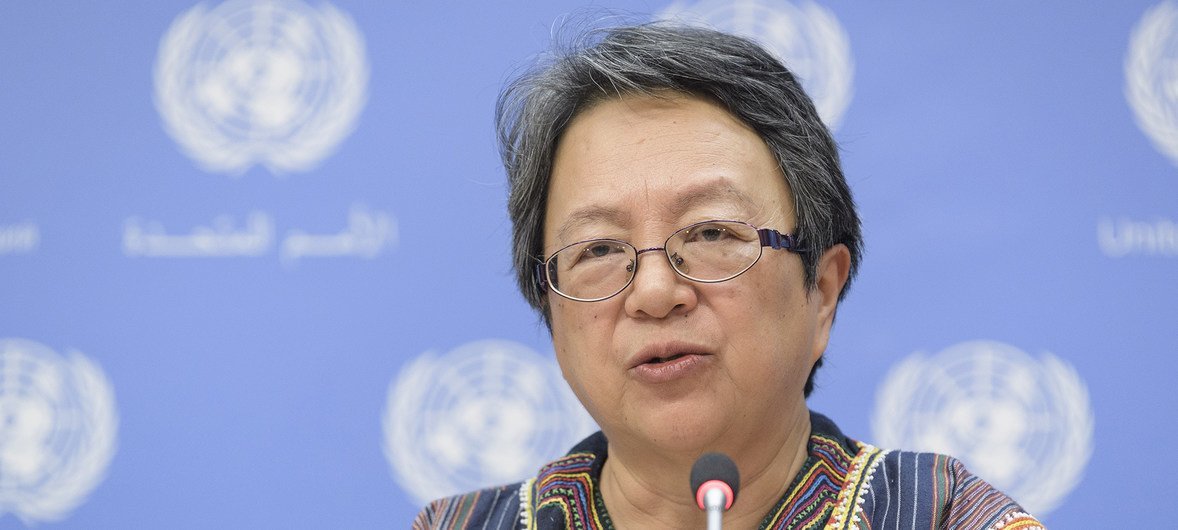Vicky Tauli-Corpuz is an exceptional activist who has played a significant role in promoting indigenous rights globally, thus becoming a prominent figure within the realm of human rights struggles.
Tauli-Corpuz hails from the Cordillera region in the Philippines, specifically belonging to the Kankanaey Igorot indigenous community. Her upbringing exposed her to the difficulties experienced by her community, which encompassed discrimination, marginalization, and the desecration of their ancestral territories. Driven by an unwavering resolve to combat such inequities, Tauli-Corpuz embarked on a lifelong mission to empower her people and provide them with a platform to express their concerns amidst challenging circumstances.
Among the noteworthy achievements of Tauli-Corpuz, the establishment of vital institutions like the Tebtebba Foundation, dedicated to advancing the rights of indigenous peoples worldwide, and the Cordillera Women’s Education and Resource Center, stand out. These organizations serve as significant milestones in her commendable journey.
In 2014, Tauli-Corpuz assumed the esteemed position of United Nations Special Rapporteur on the Rights of Indigenous Peoples. Through this influential role, she emerged as a respected advocate and authoritative figure addressing indigenous concerns. Her responsibilities encompassed extensive research, heightened awareness, and the provision of expert counsel to governments, indigenous communities, and international entities alike.
Although Tauli-Corpuz concluded her tenure as the UN Special Rapporteur in 2020, her endeavors continue unabated. Engaging fervently in diverse initiatives and collaborations, she persistently endeavors to advocate for indigenous rights, safeguard their territories, and empower indigenous communities to actively partake in decision-making processes that significantly shape their existence.
Disclaimer: The views and opinions expressed in this interview are those of the interviewees and do not necessarily reflect the views or positions of Public Health Landscape or Valent BioSciences, LLC.
